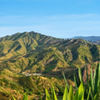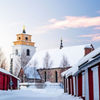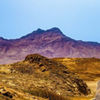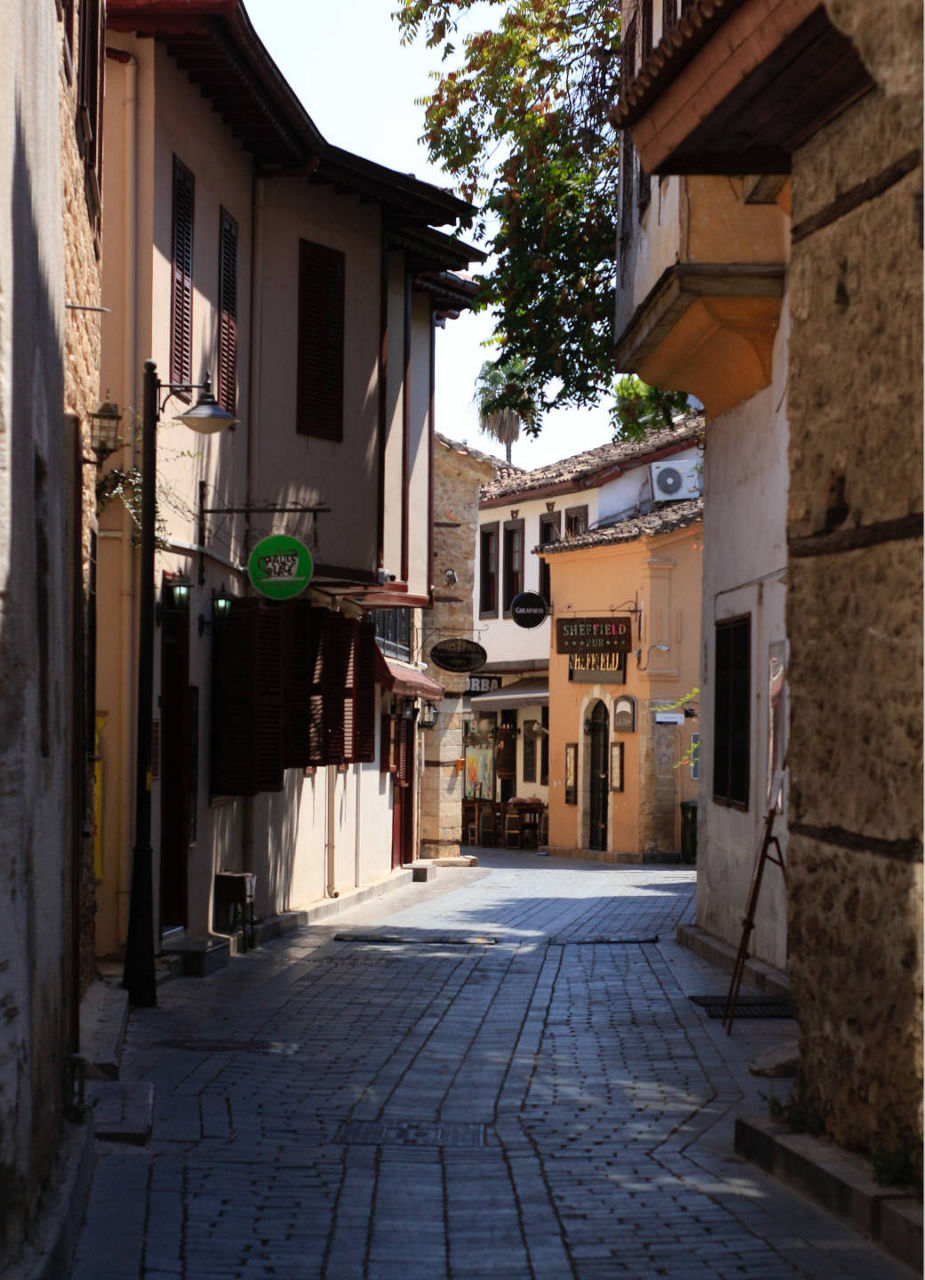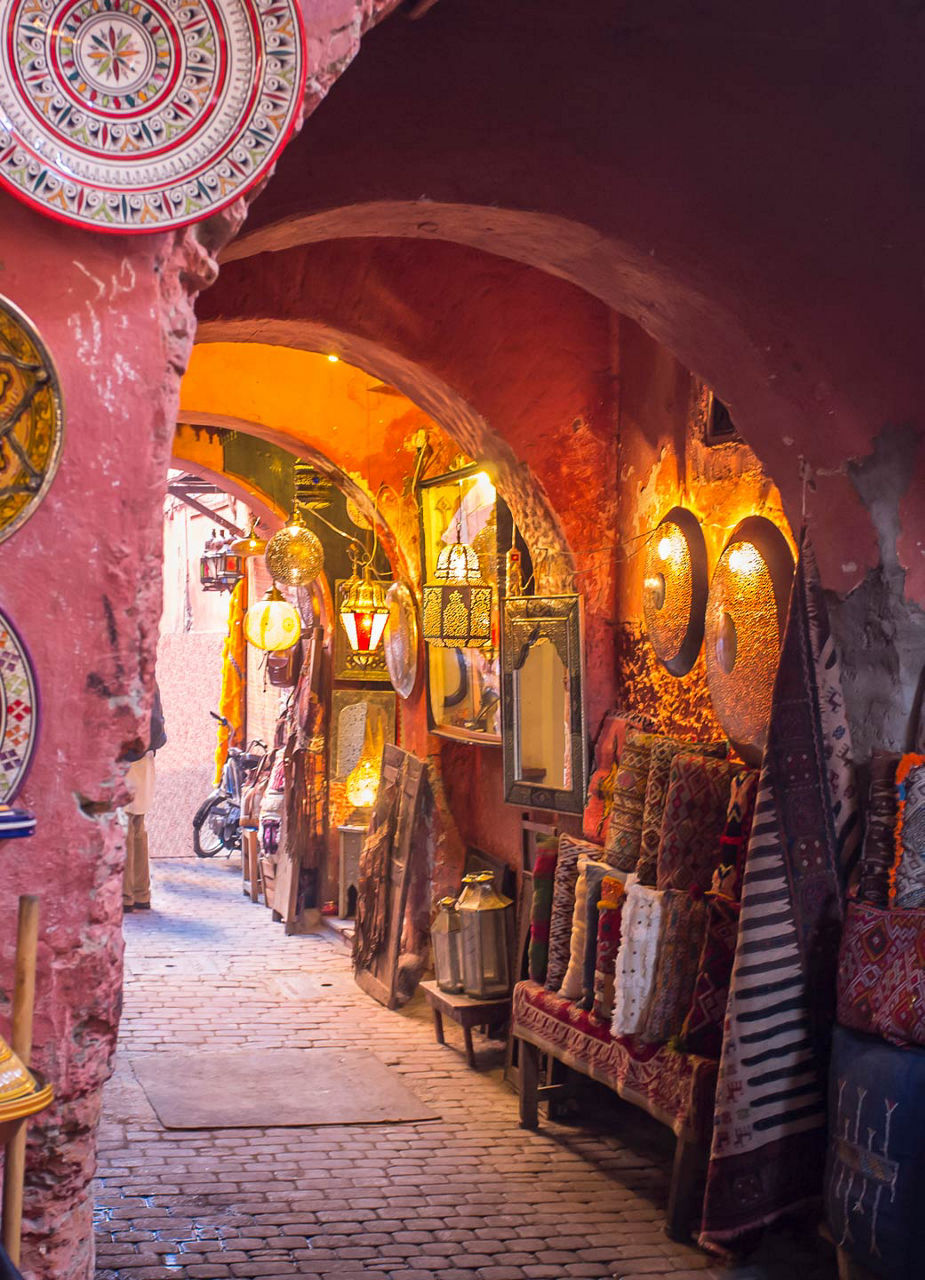
An awe-inspiring city: Amman
The Jordanian capital of Amman fuses Middle Eastern tradition with cosmopolitism – discover the highlights of the modern metropolitan city.


Hand of Hercules
A gigantic marble hand digging in the rocky floor of Citadel Hill: It used to reach for power, now it only reaches for dust. The huge chip is all that’s left of a once enormous Hercules sculpture that was built on this hill together with a temple by the Romans. The neighbouring Byzantine church suffered a similar fate over the centuries, as did the mediaeval Islamic fortress that housed the satraps of the Umayyad caliphs. Earthquakes and violent changes in power repeatedly damaged the magnificent buildings, leaving behind an interesting open-air museum with ruins from different eras.


Places of worship
The radiant turquoise dome is not supported by any pillars at all and the futuristic-looking minarets soar into the sky like two spaceships ready for take-off: The King Abdullah I Mosque stands for modernity and confidence. The striking 1980s architecture is what allowed the mosque to retain its status as a landmark of Amman when it lost its status as the largest mosque in Jordan to a new building erected in 2005. Also very popular among Jordanians: the Husseini Mosque in the old city centre. Non-muslims are also welcome to visit both places of worship outside of prayer times, and provided that they observe the dress code.


Magical jungle souk
Rainbow Street in the young district of Jabal Amman transforms into a traditional souk on Fridays from 10 a.m. to 10 p.m. – or should we call it a “jungle”, since you can discover countless colourful finds in the overcrowded throngs and in the shade of sun sails? Craftspeople from the region sell their goods here, musicians play passionately, and there are also entertaining things for children to do, from portrait painting to magic shows. Visit the weekend farmer’s market on Arar Street to get the best produce straight from the farmers – guaranteed to be organic.


Vivid and sustainable
The Wild Jordan Centre is also in Jabal Amman, located between hip cafés and art galleries. The Centre has committed itself to using the resources from the region sustainably. In addition to working areas, a library, a few hotel rooms, and a café, it also has a boutique that sells locally made jewellery, soaps, ceramics, and souvenirs. The profits go towards Jordanian nature conservation projects. Besides that, the roof terrace also boasts a breathtaking view of the city. Also a must-see: The Jordan Museum offers visitors unique insights into the country’s history, including prehistoric finds.

New art for the old city
Amman has also been taken by storm by a very special socio-cultural form of expression, one wall at a time: Street art. Elegant, swanky, lively, and colourful mega-paintings adorn spaces that used to be blank in the cityscape, and transform once sober districts into sights worth walking through. It all began with the team from the Al Balad Theatre, which was looking for ways to culturally appeal to city dwellers from all walks of life – both on and off the stage. What resulted in 2013 was the Baladk Street Art Festival, which takes place annually in cooperation with international partners. As they had hoped, the murals have become a huge part of the city’s identity. Anyone looking at them will learn a lot about influential personalities and the attitude towards life in the region, even without speaking the language.
Header - Photo by Darius' 4th Life Photography on Adobe Stock
Paragraph 2 - Photo by Ali on Adobe Stock
Paragraph 2 - Photo by andrea on https://stock.adobe.com/ch_de
Paragraph 3 - Photo by Hamdan Yoshida on Adobe Stock
Paragraph 3 - Photo by Tomas on Adobe Stock
Paragraph 4 - Photo by kateafter on Shutterstock
Paragraph 4 - Photo by mohammad on Adobe Stock
Paragraph 5 - Photo by Ian Bottle on Alamy
Paragraph 5 - Photo by Jon Arnold Images Ltd on Alamy
Paragraph 6 - Photo by Ian Bottle on Alamy

